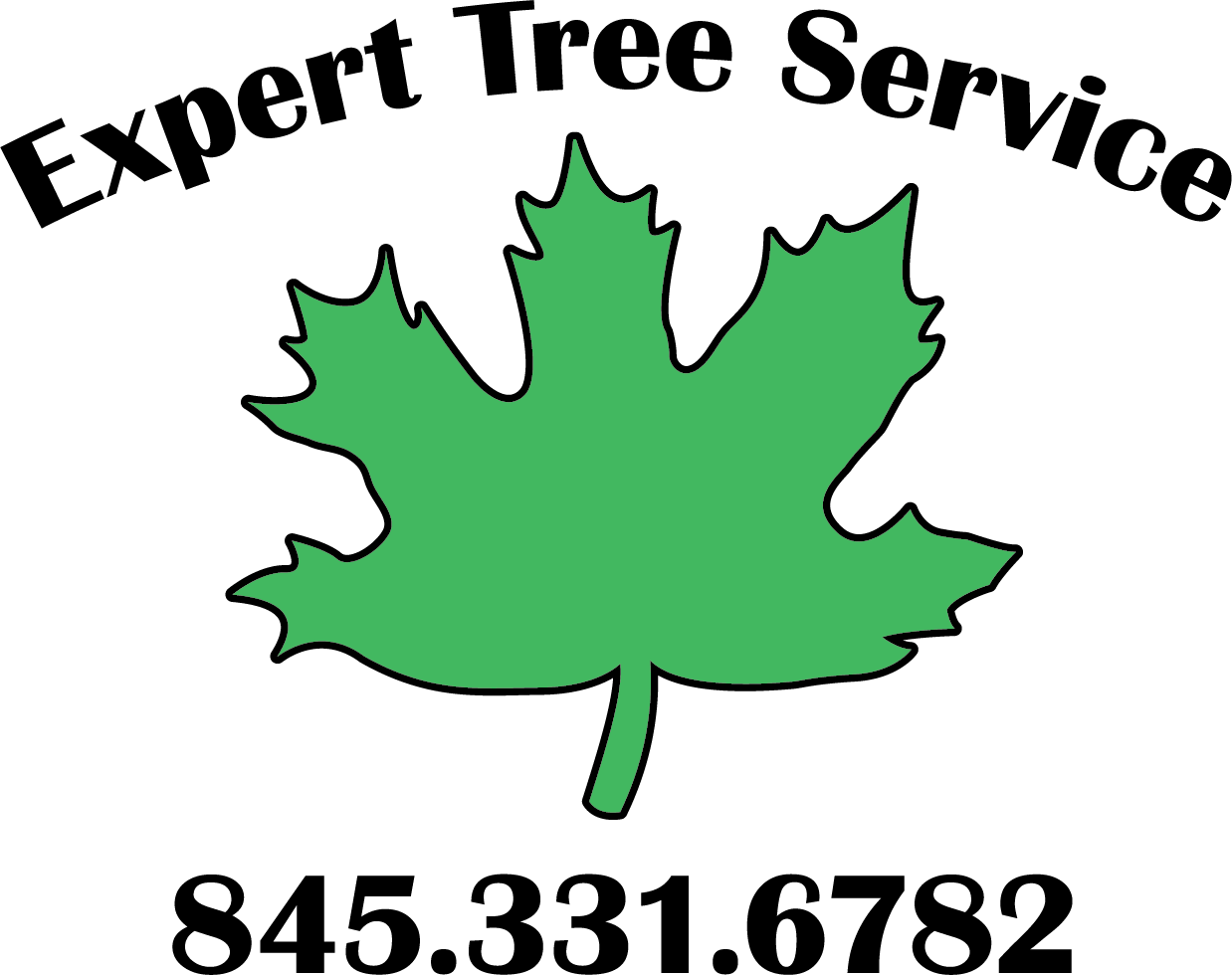As residents of the Hudson Valley and Catskills region, caring for our trees is essential to maintaining the beauty and health of our properties, landscapes and communities. However, it’s also important to debunk some common myths about tree care.
Let’s explore some localized tips for tree care in Poughkeepsie, Kingston, Catskill, and New Paltz, NY:
Myth #1: Vines Are Good For a Tree
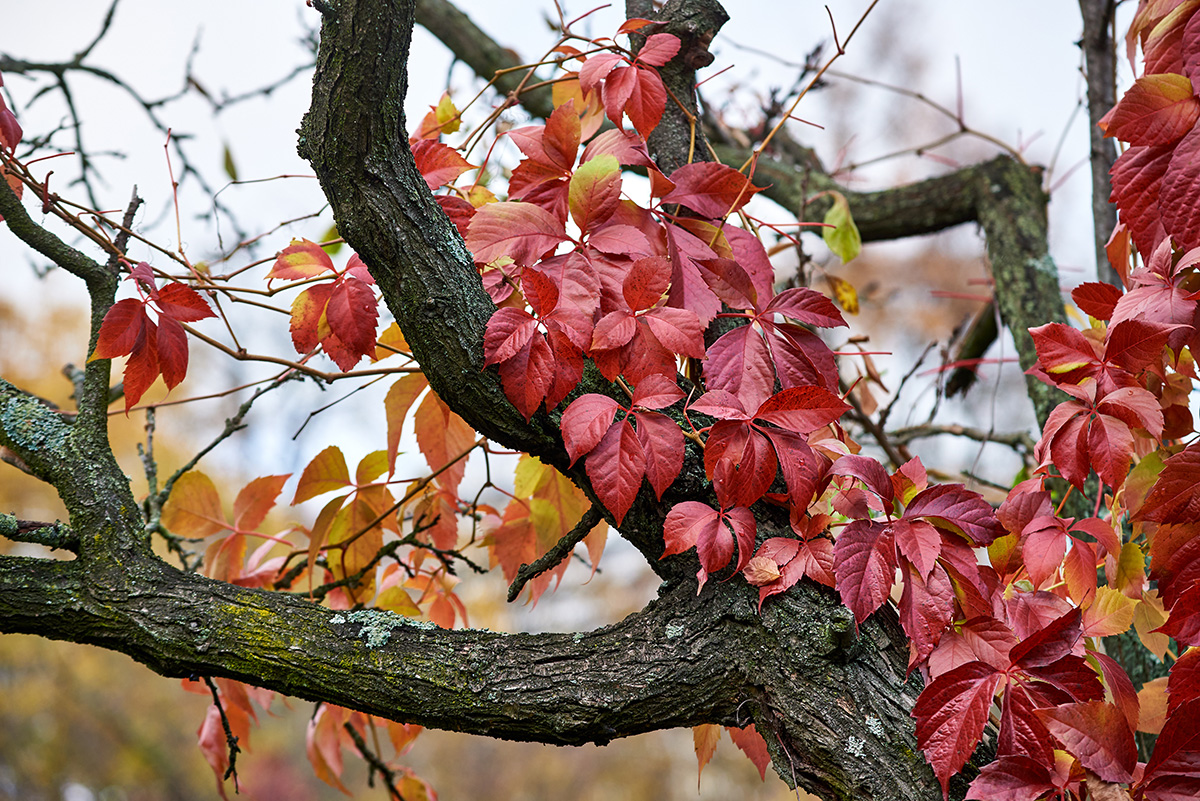
Reality: While it may seem picturesque to see vines climbing up tree trunks, they can actually harm the trees in several ways. Invasive species like English ivy and Virginia creeper compete with trees for sunlight, water, and nutrients, potentially weakening the tree over time. Additionally, the added weight of vines can make trees more susceptible to wind damage and may increase the risk of branches breaking or the entire tree toppling in severe weather. Additionally, vines can provide an avenue for pests and diseases to reach the tree’s canopy, further compromising its health. It’s best to remove vines from trees to ensure their long-term health and stability as part of a tree maintenance regimen.
Myth #2: A healthy-looking tree won’t fall
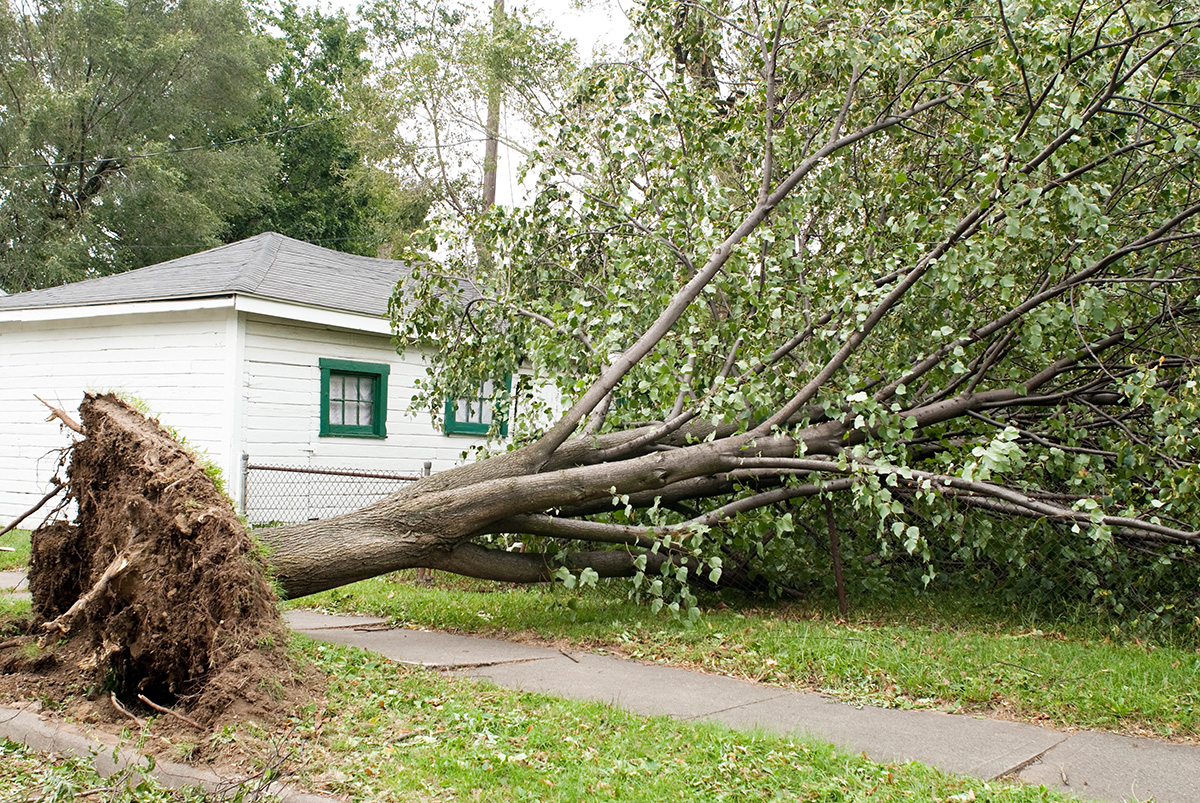
Reality: While it’s true that healthy trees are generally more structurally sound than unhealthy ones, the outward aesthetics alone doesn’t indicate that a tree is immune to falling. Several factors, including environmental conditions, soil health, and structural integrity, contribute to a tree’s stability. Even seemingly healthy trees can be at risk of falling due to factors like root damage, disease, pest infestation, or severe weather events like storms or heavy snowfall. Regular tree inspections can help identify potential hazards and mitigate the risk of tree failure, ensuring the safety of nearby structures and individuals.
Myth #3: Remove trees only if they are dead
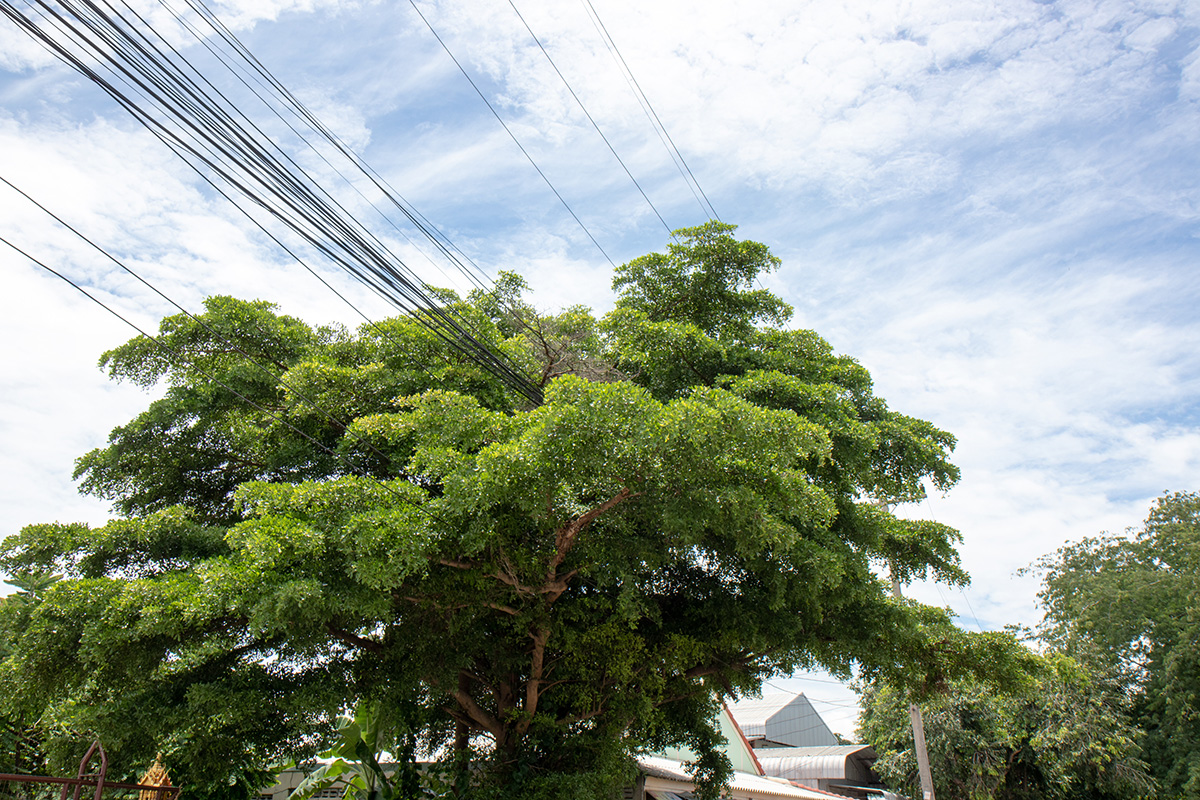
Reality: While dead trees pose obvious safety hazards and should be promptly removed, there are other situations where tree removal may be necessary for safety, health, or aesthetic reasons, even if the tree is still alive. For example, diseased or severely damaged trees may become structurally unsound over time, posing a risk of falling and causing property damage or injury. Additionally, trees that are growing too close to structures or power lines may need to be removed to prevent future issues. It’s essential to assess the overall health, condition, and location of a tree before deciding on removal, and consulting with a expert tree service can help determine the best course of action.
Myth #4: There’s nothing you can do about ash borer disease.
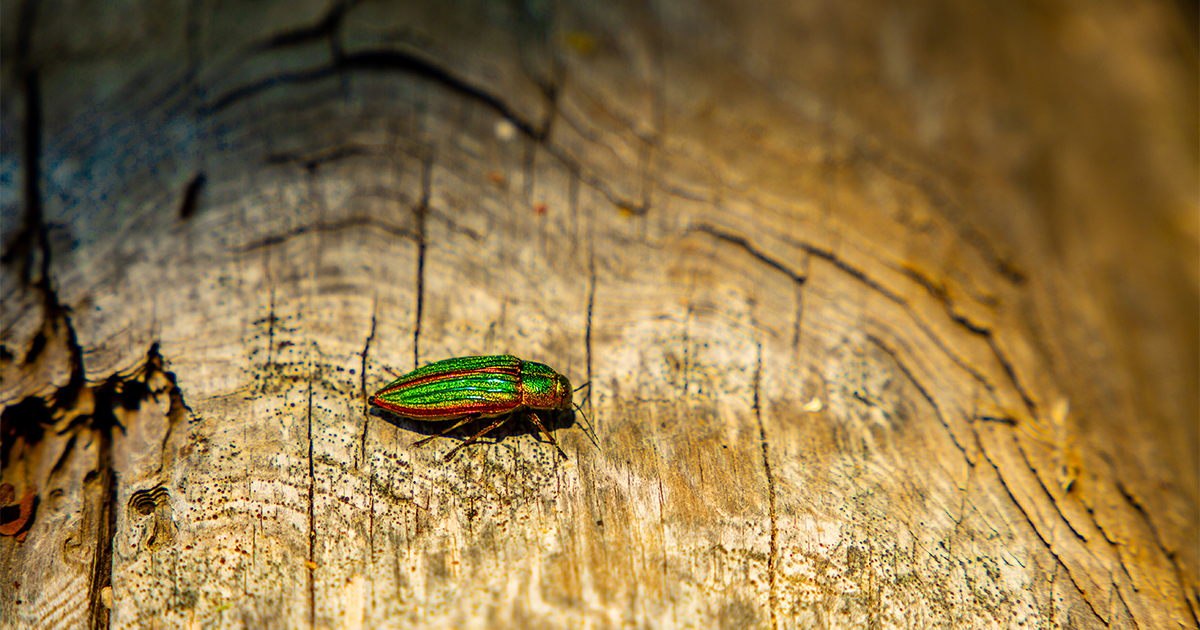
Reality: While it’s true that emerald ash borer (EAB) infestations can be devastating to ash trees, there are several management options available to help mitigate the impact of the disease. One common approach is to treat ash trees with insecticides that target the larvae of the EAB, effectively killing them and protecting the tree from further damage. Additionally, proper pruning and maintenance practices can help improve the overall health and resilience of ash trees, making them less susceptible to EAB infestations. It’s essential to consult with a certified arborist who can assess the situation and recommend the most appropriate treatment plan for affected ash trees. Early detection and intervention are key to preserving the health and longevity of ash trees in areas where EAB is present.
Myth #5: There are no long-term side effects of tree removal.

Reality: Tree removal can have significant long-term effects on the environment and surrounding landscape. When a tree is removed, it not only affects the aesthetic appeal of the area but also disrupts the ecosystem by removing habitat for wildlife, reducing air quality, and impacting soil stability. Additionally, the absence of trees can lead to increased erosion, reduced water retention, and altered microclimates. It’s essential to consider the broader ecological consequences of tree removal and explore alternative options such as pruning, transplanting, or planting new trees to mitigate these impacts and preserve the health and biodiversity of the ecosystem for the long term.
Myth #6: Stump removal will leave a gaping hole in the yard.
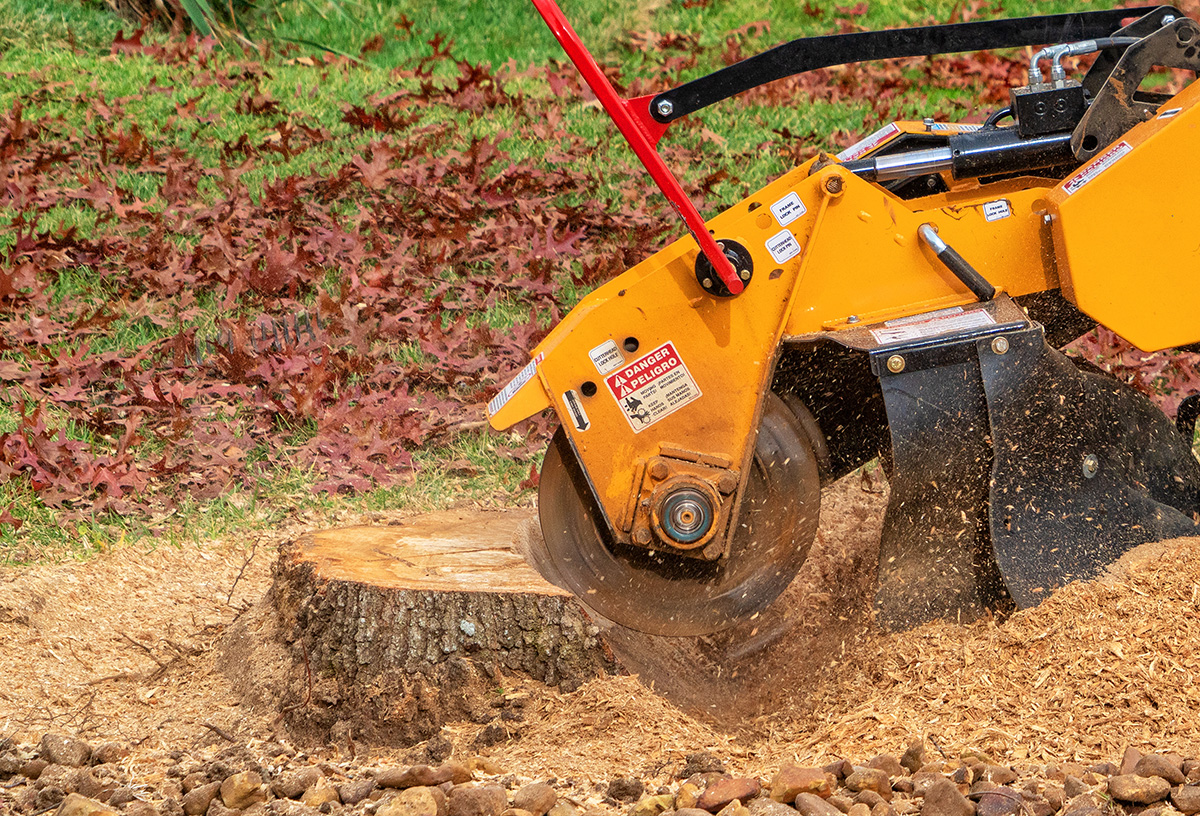
Reality: While stump removal does involve extracting the stump from the ground, modern stump removal techniques minimize disruption to the surrounding landscape. Tree experts use specialized equipment to grind down the stump below ground level, effectively eliminating the visible portion of the stump. This process creates wood chips and debris that can be backfilled into the hole left behind, ensuring a relatively smooth and level surface. With proper backfilling and soil compaction, the area can be restored to blend seamlessly with the rest of the yard, minimizing any noticeable impact on the landscape.
Myth #7: It doesn’t matter how the branches are cut, it will grow back.
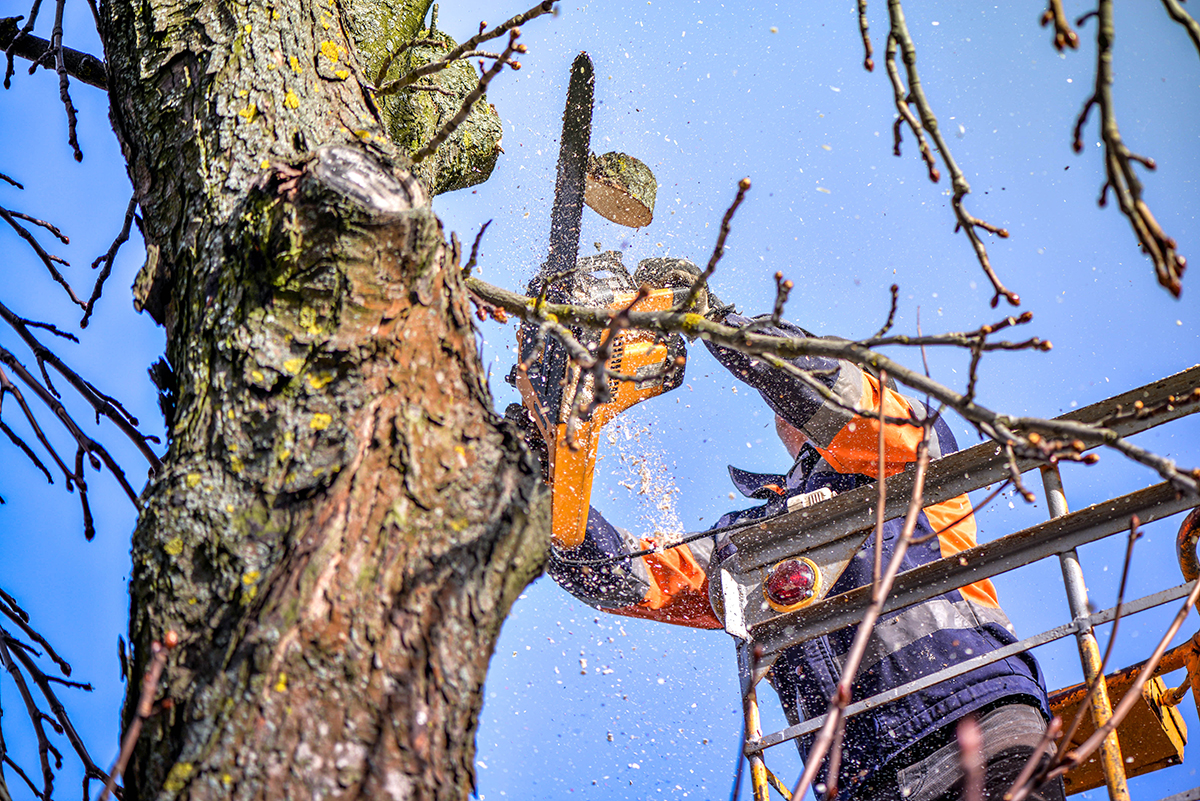
Reality: The way branches are pruned can significantly impact the tree’s growth and overall health. Improper pruning techniques, such as making flush cuts or leaving stubs, can lead to decay, disease, and structural weakness in the tree. It’s essential to make clean, precise cuts just outside the branch collar or bark ridge to promote proper healing and minimize the risk of pests and pathogens entering the tree. Additionally, strategic pruning helps shape the tree’s growth, encourages strong branch structure, and enhances its aesthetic appeal.
Myth #8: It’s harmless not to remove the stump

Reality: Leaving a tree stump in the ground may seem harmless, but it can actually lead to several issues. Stumps can attract pests like termites, ants, and beetles, which can eventually spread to nearby healthy trees or even your home. They can also become a tripping hazard, especially as they decay and become unstable over time. Additionally, stumps can sprout new growth, resulting in unwanted vegetation that can be difficult to manage. To avoid these problems, it’s best to have stumps professionally removed or ground down to below ground level. This not only eliminates safety hazards but also promotes healthy growth and prevents potential pest infestations.
Myth #9: Tree maintenance is not worth it
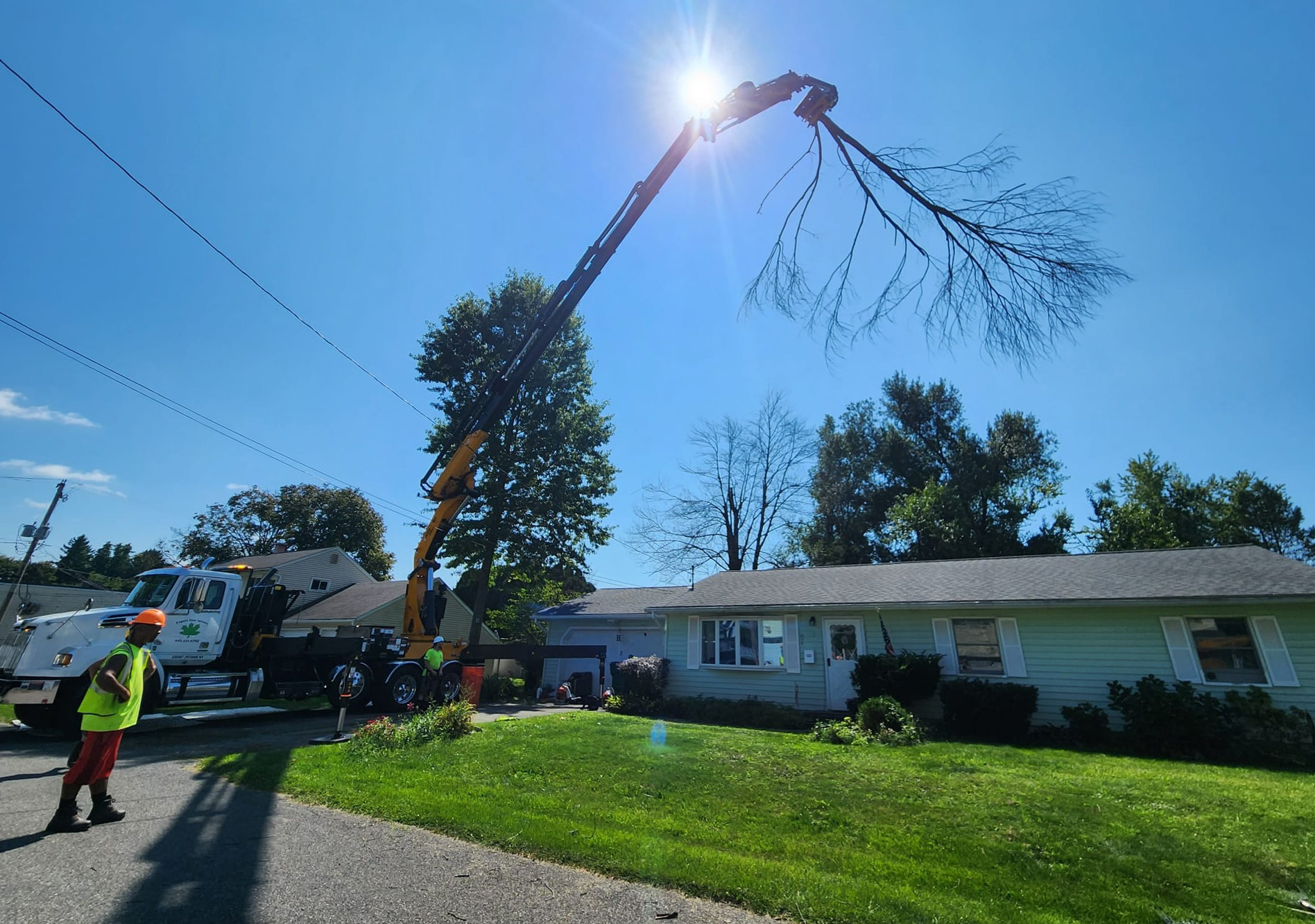
Reality: While it may seem like tree maintenance is an unnecessary expense or hassle, it is actually crucial for the health and safety of your trees, as well as your property. Regular tree maintenance, including pruning, trimming, and inspection, helps to identify and address potential issues early on, preventing costly damage and hazards in the long run. Proper tree care also enhances the aesthetic appeal of your landscape and can increase property value. Investing in routine tree maintenance ensures that your trees remain healthy, beautiful, and safe for years to come, making it a worthwhile endeavor for any homeowner.
By understanding and debunking these myths, homeowners in Poughkeepsie, Kingston, Catskill, and New Paltz can ensure the long-term health and vitality of their trees, preserving the beauty of our local landscape for generations to come.
